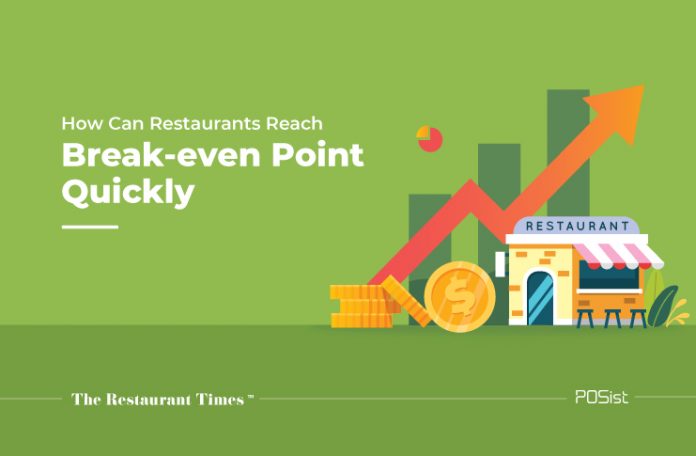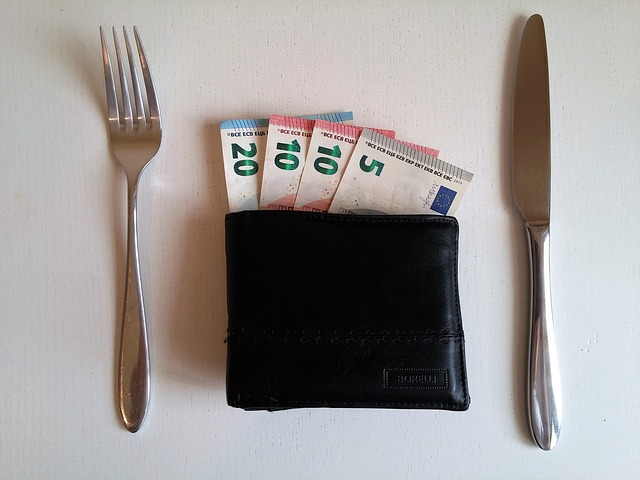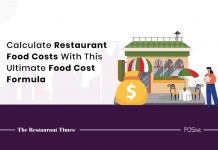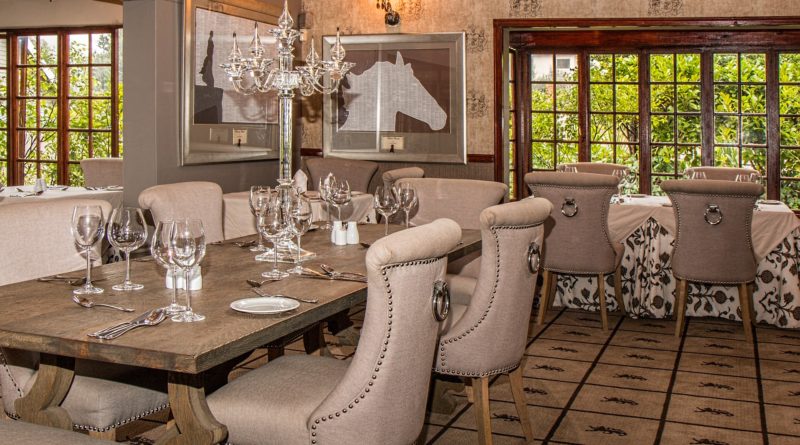More than half of all restaurant ventures fail within the first two years of operations. This is a known fact and one of the main reasons why the restaurant industry is considered risky. While there are various factors that contribute to a restaurant’s success, managing the restaurant finances in the right way is extremely vital. Usually, first-time restaurant operators are so focused on arranging the startup capital that they forget about the working capital, that is, the money they would need to sustain the business until it reaches break-even and starts generating a profit. As most restaurants lack a robust financial management system, this article discusses effective ways and measures to help Saudi Arabian restaurants manage their finances and get to break-even quickly.
Break-Even Point: A Brief Introduction
To understand how to manage their finances, restaurant operators first need to understand break-even. The point where your restaurant expenses match its revenue is known as the break-even point. At this point, your profit will be zero, but if you can reach this point, it means that your business is running successfully enough to cover all the input costs.
To achieve this point, you must ensure that you have cash in hand to cover initial operating costs in your business proposal before starting a restaurant. This can be done by estimating the expected footfall on the basis of the average prices. As far as how long this amount should last, different restaurant formats reach their break-evens at other points.
Tips To Keep Your Restaurant Expenses In Saudi Arabia Under Control
It is essential to understand that your restaurant will reach break-even only if the expenses match the earnings. At the same time, profits are generated when the revenue exceeds your costs. To reach break-even and make profits, increasing your restaurant’s revenue is one way, whereas decreasing your expenses is the other. Here is what restaurant operators in Saudi Arabia must do to keep their costs in check and better manage the restaurant finances.
1. Keep Labor Costs Under Control
Keeping the labor costs in check is vital for restaurant businesses, particularly newly launched ventures. This does not mean that you should not pay your staff enough, but remember that you must not overstaff your restaurant.
Overstaffing not only affects cash flow but also deprives your service staff of tips and decreases their productivity. The correct way to manage this issue is to employ only as much staff as is required to reach the highest level of productivity at a fair price point.
Also, you must ensure that there is a proper system of shift management. Even if your restaurant is not overstaffed, poor shift management may result in excessive overtime payments, even when it is not required. This will be an extra expense that could easily be avoided with better shift management.
2. Don’t Opt For a Credit Bill
One of the worst mistakes most restaurateurs make is running a high credit bill. When you buy raw materials on credit, you may get a cheaper deal, but at the same time, you may over-stock and lock your money for a long period of time. Most components are perishable, and if you have overstocked inventory, it means that the sales will not align well, ultimately costing you more. For the initial years, it is better not to run too high a credit bill and pay most of your bills upfront.
3. Implement Payment Deadlines
Negotiate extended payment deadlines with your suppliers so that you have enough time to pay all your creditors. This way, you will be better positioned to take care of immediate liabilities, making sure that they do not turn into more significant issues later.
Being swift with your payments will also help you establish goodwill among your creditors, and when you need it, they will be more than willing to be flexible in terms of deadlines and other rules for you.
4. Prepare For Known And Fixed Expenses
There are always some recurring expenses while running a restaurant business. These include labor, electricity, rent, raw materials, etc. It is thereby recommended to keep cash aside to meet these ongoing expenses, preferably at the beginning itself. This way, you will know how much cash you are left with to bear the costs for that month, barring the fixed and working expenses. Keeping resources aside for your working costs will ensure that you always maintain a minimum balance to keep yourself afloat.
5. Control Your Food Costs
Food costs account for a significant part of the overall restaurant expenses. While these are fixed expenses that cannot be reduced or overlooked, it is best to keep them under control. Wastage is one of the biggest reasons for high food costs, making proper stock and inventory management a crucial aspect of cost control. It would be best if you also considered optimizing your menu to ensure that you don’t have any items that are not selling as much and only leading to escalated food costs.
Learning how to manage restaurant finances is something that requires substantial effort and proper planning. The proven tips mentioned in this article for managing restaurant finances can help restaurant operators in Saudi Arabia must practice so that their restaurant can reach break-even as soon as possible.



















